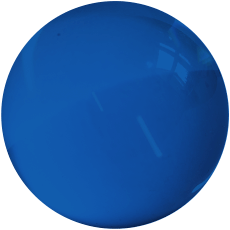Expandable Microspheres
Lightweight filler and foaming agent for plastics, rubber and more
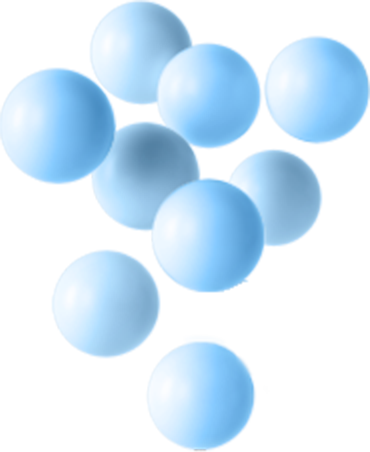
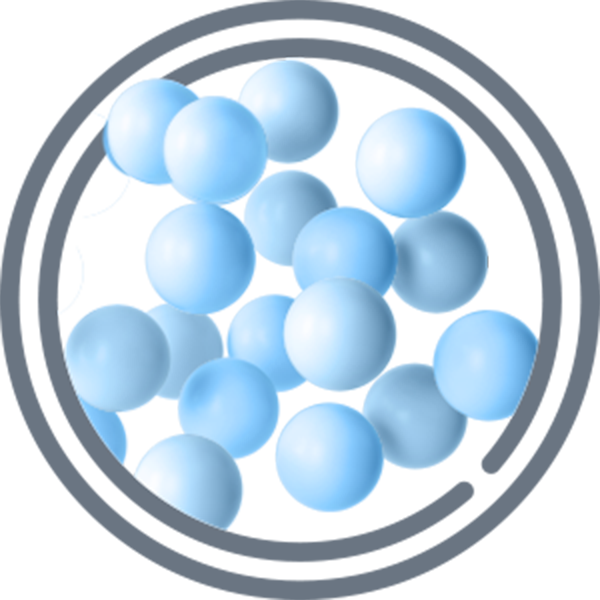
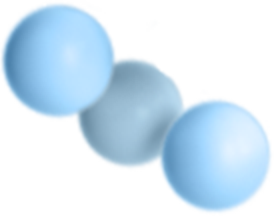

Expandable microspheres are hollow polymeric spheres each of which comprises a thermoplastic shell encapsulating liquid hydrocarbon. When heated to a temperature high enough to soften the shell, the increasing pressure of the hydrocarbon will cause the microsphere to expand, increasing the sphere volume by 80 to 100 times.
The density of microspheres after expansion can be lower than 30 kg/m3(0.03 g/cm3) which makes them an ideal lightweight filler and a foaming agent for all kinds of plastics and rubber.
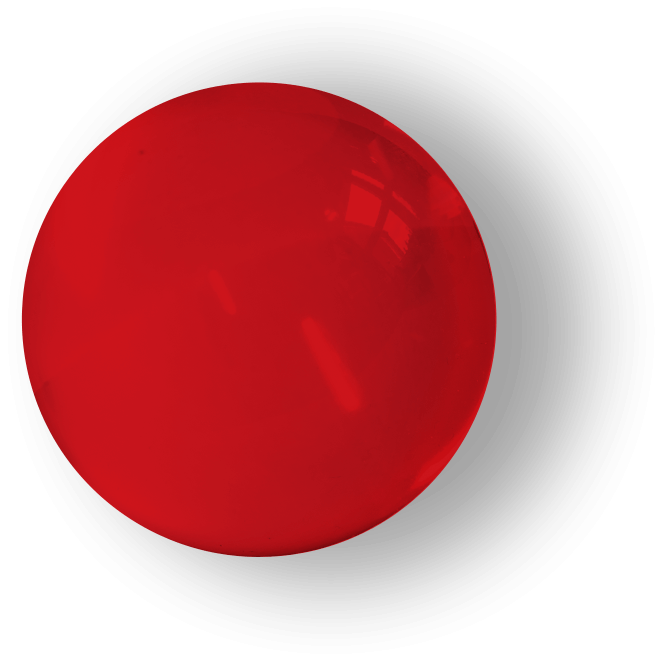


01
Lightweight
Now more than ever, the world is pursuing lightweight, comfortable and eco-friendly solutions. For automotive and aerospace industries in particular, lower density materials that cut load and fuel consumption are a huge cost-safer. Besides, lower density often means less amount of materials required which is conducive to protecting natural resources.
The density of Crerax expandable microspheres is only 1/50 of that of water. Adding the microspheres to the original materials will significantly reduce the overall weight of your products. Take vehicles for an example, for every 10% weight reduction, the fuel efficiency can be increased by 6%-8%. That says, if we applied microspheres in the making of certain auto parts to bring the vehicle weight down by 100kg, the fuel consumption per 100 km could be reduced by 0.3-0.5L. Other contributions Crerax expandable microspheres do include preventing shrinkage and warpage in injection molding, lowering the permittivity of various materials, improving thermal insulation, and more.
Ultrahigh temperature thermoplastics (PP、PA、PC、PET/PBT、PPS)
Ultrahigh temperature thermoplastics (PP、PA、PC、PET/PBT and more)
Shoe soles
Shoe soles
Vehicle underbody coating (UBC)
Vehicle underbody coating (UBC)
Artificial marble
Artificial marble
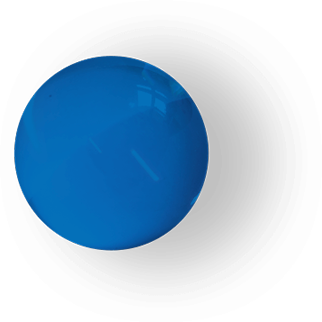
02
Surface Modification
The addition of microspheres to printing inks is a simple and efficient way of surface modification. Varieties of surface could be achieve by adjusting the amount and size of the added microspheres without affecting the original process. Specifically, once the printing matter with microspheres be heated to a temperature at which the microspheres expand, the binder would crosslink, making different particle-sized microspheres result in different surface appearances and touching feelings. Usually small particle-sized microspheres bring a smooth surface while large particle-sized microspheres give a relatively rougher one. In addition, if the foaming process is properly controlled, it would be possible to achieve various surface effects through different foaming temperatures.
Provided that microspheres are added to the printing ink as a foaming agent, and are printed on a surface of paper, non-woven fabric or textile by gravure or rotary screen, desirable surfaces like three-dimensional effect, velvet or suede surface would come into being. Besides, it also brings impressive tactility with anti-slip effect.
Wallpaper
Wallpaper
Printing paste
Printing paste
Leather repair
Dermal repair
Artificial leather
Artificial leather

03
Thermal Insulation
As people’s energy demand goes up, the efficiency of resources consumption and the solutions of resources saving have been drawing more and more attention in a wide range of industries. The microspheres are composed of a thermoplastic shell encapsulating hydrocarbons, which is expandable after heating and will form an inflatable closed cavity with good insulation.
When added to polyurethane, phenolic resin, paint or other proper materials, excellent thermal insulation would be realized. According to statistics, only 1.5% expanded microspheres combined with the thermal insulation coating can effectively bring down the thermal conductivity by half. Under the global trend of energy saving, this advantage is of vital importance.
As can be seen from the above diagram, as the volume of the microspheres in the coating increases, the heat insulating performance is improved. With such excellent heat insulation, expanded microspheres are widely used in coatings.
Thermoplastic Vulcanizate (TPV) Sealing Strip
Thermoplastic Vulcanizate (TPV) Sealing Strip


04
Resilience & Compressibility
The microspheres are core-shell-like spherical particles with a thermoplastic polymer shell enveloping gas, which can be compressed under pressure, but can be easily restored to the original size after the pressure released. That accounts for its impressive resilience and thus could be applied in various fields including but not limited to thermoplastic materials as thermoplastic elastomers or rubber.
Besides, vehicle underbody coating (UBC) added with microspheres shows higher resistance against gravel; TPV sealing strip combined with microspheres shows less transmogrification against compression; wine corks containing microspheres gain stronger elasticity and thereby present better tightness.
Wine cork
Wine cork
EPDM non-porous rubber strips
EPDM non-porous rubber strips
05
Improve Structure & Space
Unexpanded microspheres can be used as a foaming agent. When heated, the microsphere polymer shell softens and the inner seal of the hydrocarbon vaporizes, enabling a controlled foaming process. The expanded uniform and closed cell microspheres improve the material structures and create many other excellent properties.
paper/cardboard/paper plastic
paper/cardboard/paper plastic
Emulsion explosive
Emulsion explosive
Lightweight cement
Lightweight cement
Coremat
Coremat
Hollow ceramic
Hollow ceramic

